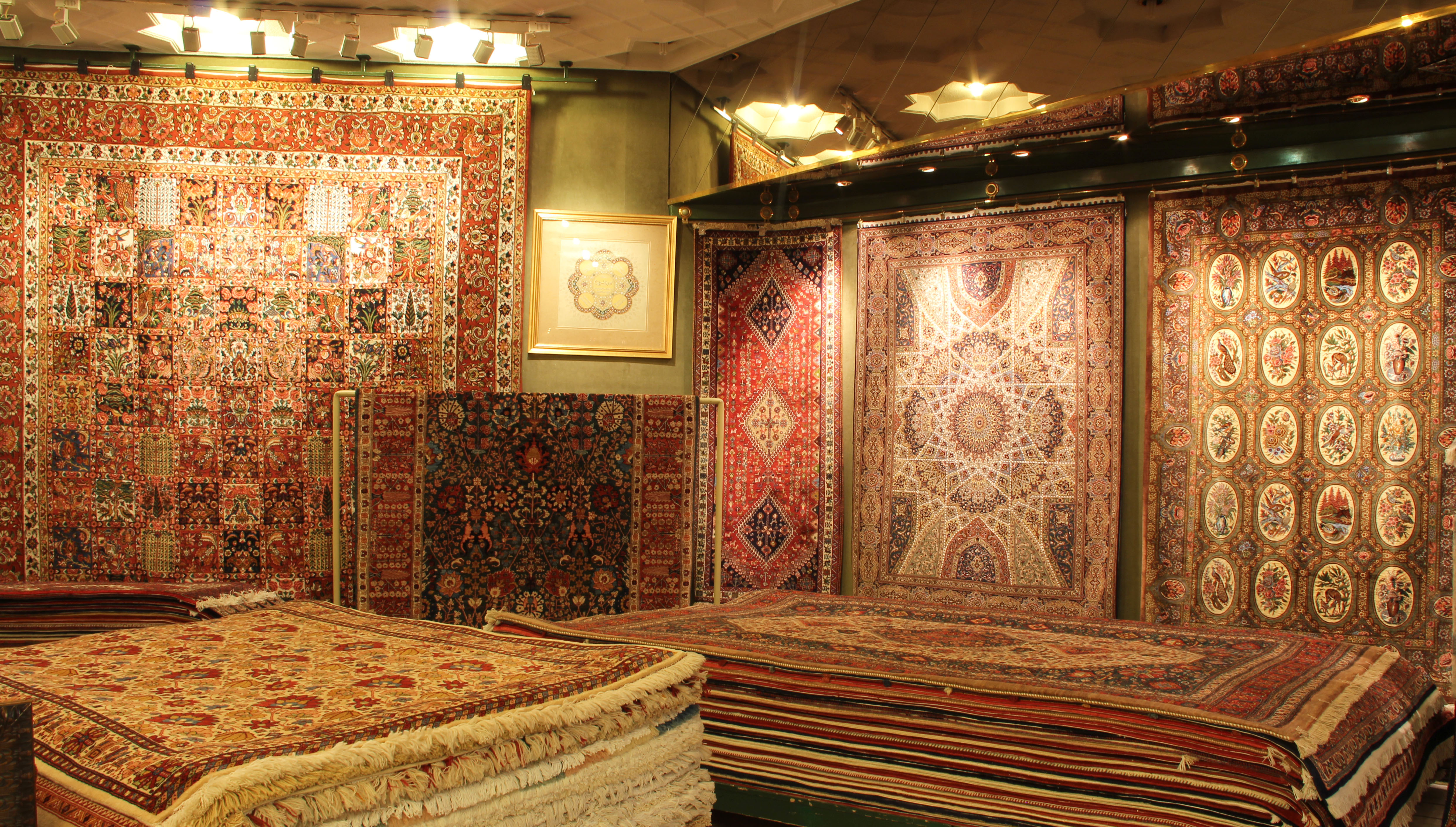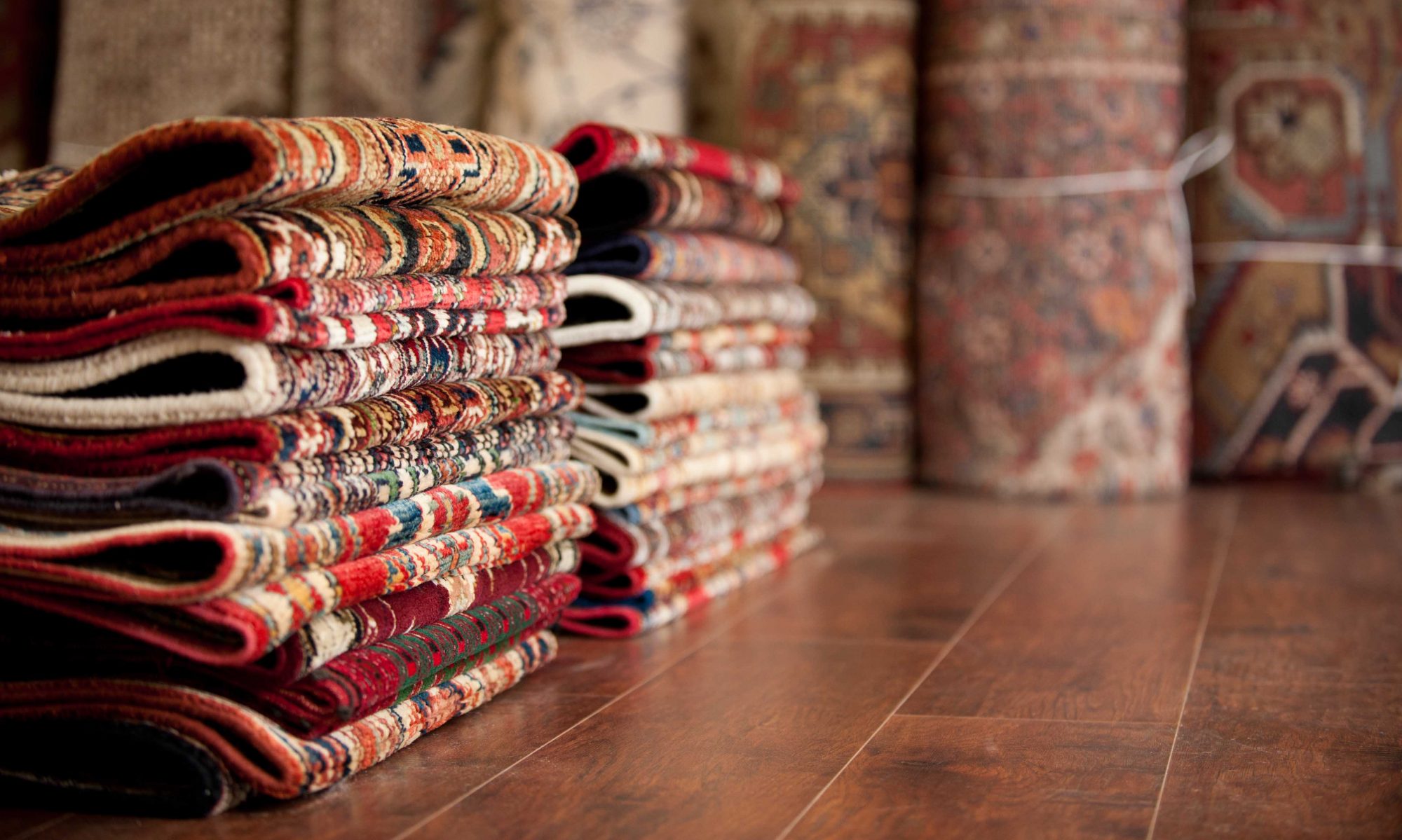The history of Persian Rugs
The history of Persian Rugs
The history of Persian Rugs (Persian Carpet) -a culmination of artistic magnificence- dates back to 2,500 years ago.The Iranians were among the pioneer carpet weavers of the ancient civilizations, having achieved a superlative degree of perfection through centuries of creativity and ingenuity.
Shivar Siavoshan Tour and Travel Agency can help you with buying these priceless beauties!! For more information contact us on whatsapp: +989335144240
Follow us on Instagram : click here

Persian rugs are known for their richness and beauty. The characteristics and quality of rugs differ frequently particularly when created in different areas. Persian carpets usually have floral patterns while Turkish carpets are usually coarser and have jagged geometric designs and brighter and wilder colors. Quality Persian carpets use fine highland knotting and feature compact knotting. Some have 500 knots per square inch. Carpet designs vary from region to region and often village to village. Many have floral designs with roaming tendrils and come in wide variety of colors. Other time-honored Persian motifs include bold medallions, spandrels, repeating arabesques, dramatic borders often utilizing repeated Herati patterns of flowers centered within diamonds, with four curled leaves that resemble fish issuing from each diamond.

According to Doris Leslie Blau In Persia, each region, and sub-region, has its own unique design iconography that has been handed down from one generation to the next ensuring that each is distinct and special despite a basic commonality of construction. The type of material used, the method of tying knots and the density of knots per inch, combined with specific design schemes all give a unique cultural fingerprint to each carpet or rug. These distinctions make the search for an antique Persian rug an exciting romp through Persian culture and history. Antique Persian carpets and vintage Persian carpets, among all the antique Oriental rugs available, are notable for their wide variety of styles. An antique Persian rug’s price can vary tremendously depending on the quality of the original craftsmanship (looking at things like the complexity and importance of the design, the material used, the number of knots per inch, the current condition of the rug, etc.).

Marika Sardar of New York University wrote: “In Iran, the carpet and textile industries formed part of Shah Abbas’ (r. 1587–1629) program for restructuring the economy and attracting European merchants to the country. He transferred silk merchants and weavers to the new capital of Isfahan and signed trade treaties with Spain, England, and France. Of the scores of carpets exported abroad at this time, the “Polonaise” type was the most popular; over 300 of them are in foreign collections, and many bear the coat of arms of the family that commissioned them. Vase and garden carpets were among the other common types. In each of these, vegetal motifs replace the figural ones of the previous century. [Source: Marika Sardar, Institute of Fine Arts, New York University, Metropolitan Museum of Art metmuseum.org \^/]

According to Doris Leslie Blau: “The Golden Age of Persian carpet weaving occurred during the Safavid dynasty, when Shah Tahmasp (1524-1587) began establishing court factories for carpet production. Prior to this time, the production of rugs in the region was primarily a village craft, defined by use of simple rectilinear patterns. Following the Afghan invasion in 1722, there was a significant decline in Persian carpet production until the late nineteenth century when European demand for Persian rugs contributed to a major revival in the art form. Persian carpet designs can be divided into two main categories – city (formal) rugs, which were made in workshops, are known for their finely-woven and often intricate designs, and village rugs (informal), which are widely varied in their unique blends of city and nomadic motifs and techniques. The most important formal rugs come from Tabriz, Kashan, Kerman, Doroksh, Khorassan, Mashhad, Tehran, and Sarouk and the most well-known villages included Malayer, Sarab, Bakhtiar, Bakshaish, Sultanabad, Bibikabad, Senneh, Fereghan, Heriz, Hamadan and Shiraz. [Source: Doris Leslie Blau *~*]

Traditional antique Persian carpets have remained essentially unchanged for centuries with the earliest classical oriental carpets created for the 16th century Safavid Court. Appropriating design principles from Persian book bindings and miniatures, the existing decorative repertoire consists of central field patterns with endless or centralized repeats using cartouches or floral ornamentation. Famous carpet-making areas include Mashhad, Tabriz, Arak, Isfahan, Kashon and Kermon. The Chelsea Carpet is a famous 16th-century Persian carpet now at the Victoria and Albert Museum in London. It features intricate motifs of lions on the hunt.

Shivar Siavoshan Tour and Travel Agency can help you with buying these priceless beauties!! For more information contact us on whatsapp: +989335144240
Follow us on Instagram : click here

